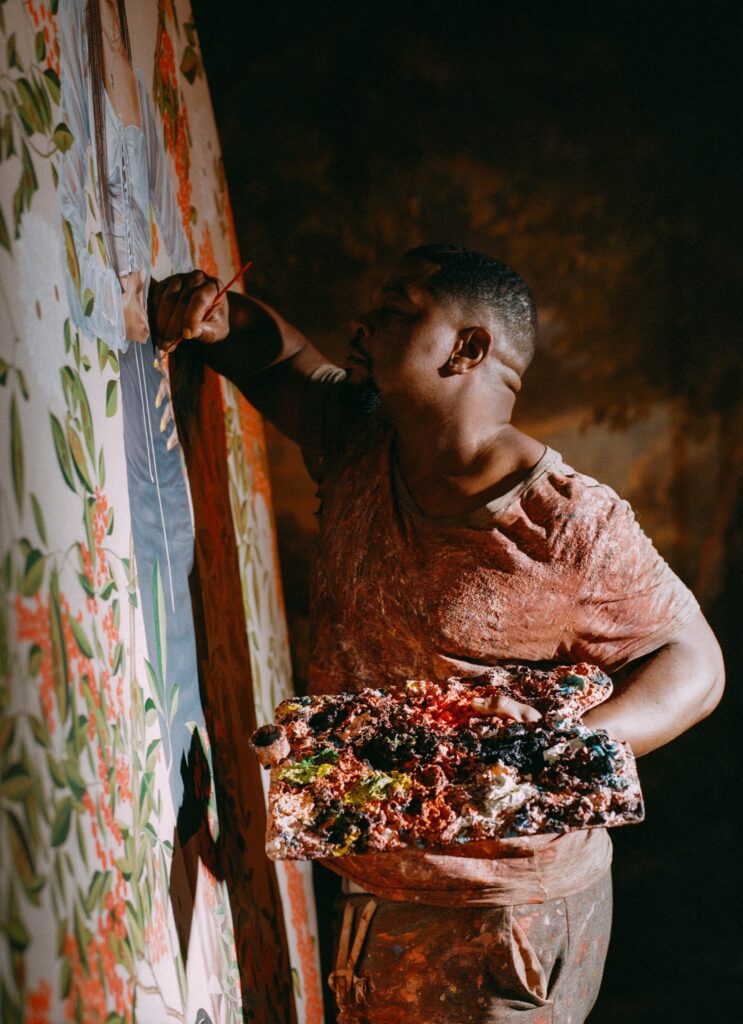Culture plays a significant role in shaping the military and its members, beyond weapons and tactics. Music and art are powerful tools in molding the identity, values, and ethos of military organizations worldwide. Music, with its ability to evoke emotions and create unity, plays a vital role in maintaining morale, invoking patriotism, and enhancing the bond between military personnel. From bugle calls to national anthems, music contributes to order, discipline, and a sense of rhythm in soldiers’ daily lives. Art, through paintings, sculptures, and photography, expresses and conveys the core values, traditions, and experiences of the military. It honors sacrifices, commemorates events, and serves as a reminder of the values and ideals soldiers strive to uphold. Both music and art have a profound impact on military personnel, creating a sense of belonging, fostering camaraderie, and providing solace, empowerment, and mental well-being. The power of culture in shaping the military should never be underestimated, as music and art define the armed forces’ ethos and play a crucial role in the lives of military personnel.
The Power of Culture: How the Military is Shaped by Music and Art
Introduction
When we think of the military, images of strength, discipline, and heroism often come to mind. However, it is not just the weapons and tactics that shape the armed forces; culture plays a powerful role in defining the military and its members. Music and art have long been used as tools to mold the identity, values, and ethos of military organizations around the world. In this article, we will explore how music and art contribute to the shaping of military culture and their impact on military personnel.
The Role of Music
Music has an extraordinary ability to evoke emotions, create a sense of unity, and instill a sense of purpose. This is particularly true in military settings, where music plays a vital role in maintaining morale, invoking patriotism, and enhancing the bond between individuals serving in the armed forces.
In many armed forces, marching bands perform ceremonial duties and are a symbol of pride and tradition. The martial rhythms and patriotic tunes played by these bands evoke a strong sense of national identity and serve to unite military personnel and civilians alike.
Furthermore, military music often serves functional purposes. Bugle calls have historically been used to signal different activities or command actions, such as reveille to wake up soldiers or taps to signal the end of the day. These musical cues not only help maintain order and discipline but also create a sense of rhythm and structure in the daily lives of military personnel.
In addition to traditional military music, popular songs and anthems also play a crucial role in shaping military culture. Anthems like “The Star-Spangled Banner” or “God Save the Queen” evoke strong feelings of patriotism and national pride, reminding military personnel of their mission and commitment to their country.
The Influence of Art
Just as music shapes the culture of the military, so does art. Visual arts, including paintings, sculptures, and photography, provide a means to express and convey the core values, traditions, and experiences of military organizations.
War art, for example, has a long history of capturing the realities and horrors of armed conflict. From the ancient cave paintings depicting battles to the vivid battlefield sketches made by soldiers during World War I, art has served to depict the sacrifices, courage, and human tragedies associated with war. These artworks not only honor the fallen but also serve as a reminder of the price of freedom and the importance of military service.
Contemporary military art continues to play a role in shaping military culture. Artists are often commissioned to create paintings or sculptures that commemorate important events, depict the heroism of soldiers, and honor military traditions. These artworks are displayed in military establishments, serving as constant reminders of the values and ideals that military personnel strive to uphold.
Impact on Military Personnel
The influence of music and art on military personnel is profound. Both forms of cultural expression help create a strong sense of belonging, foster camaraderie, and strengthen the bonds between soldiers. They instill a shared identity and reinforce the values and traditions of the military.
Moreover, music and art can provide a sense of solace and empowerment to soldiers. The emotional resonance of music and the visual impact of art can serve as a source of comfort during difficult times and a reminder of the larger purpose behind their service.
Furthermore, music and art contribute to the mental and emotional well-being of military personnel. They can serve as outlets for self-expression, therapeutic tools for dealing with trauma, and sources of inspiration and motivation. Engaging with music and art allows soldiers to process their experiences and find meaning and catharsis in their service.
Conclusion
The power of culture in shaping the military should not be underestimated. Music and art provide a means to define and reinforce the ethos, values, and traditions of the armed forces. They create a strong sense of identity, unity, and purpose among military personnel. As we honor the bravery and sacrifice of military personnel, let us not forget the impact that music and art have on their lives and the role these forms of cultural expression play in shaping the armed forces as a whole.
